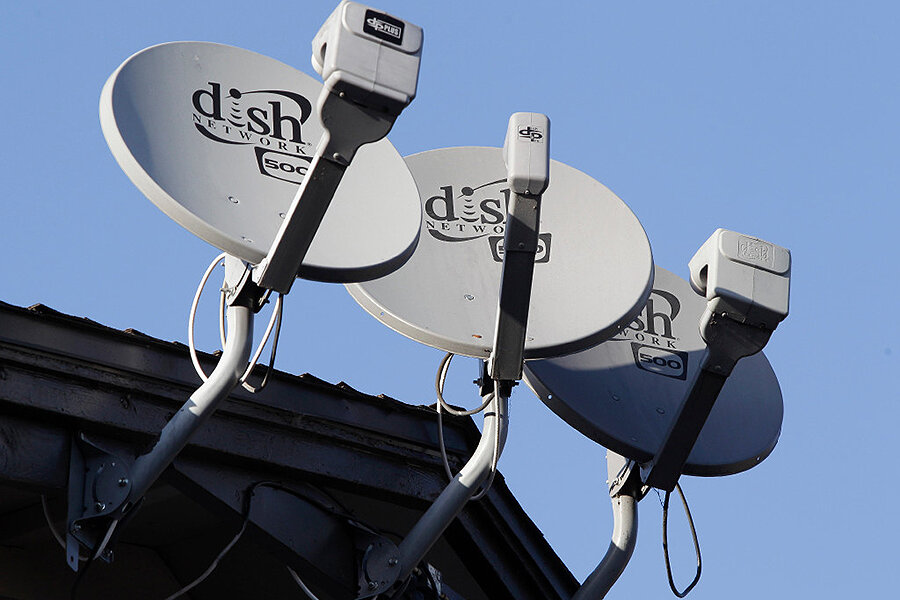Dish Network reports low Q3 profits as subscribers switch to streaming
Loading...
Satellite TV provider Dish Network posted lower-than-expected profits on Wednesday, despite a slight rise in total revenue.
The company’s net income rose to $307 million, or 64 cents per share, in the third quarter. Though that’s an improvement from last year’s appraisal, analysts had expected a profit of 68 cents per share.
Dish lost about 116,000 pay-TV subscribers by the end of the third quarter, compared to just 23,000 in the previous year. Market analysts had forecasted a decline of about 142,000, Reuters reports.
Dish’s slipping profits can be attributed to customer loss, as many former subscribers migrate to online streaming services. Together, Netflix and YouTube account for more than half of all bandwidth consumed in North America, a Sandvine study reports.
"Online video and streaming services are gaining serious ground," The Christian Science Monitor’s Jessica Mendoza reported last spring:
Netflix saw more than 4 million new subscribers in the last quarter of 2014, bringing its total subscriber base to more than 57 million worldwide. About 40 percent of US homes now have access to subscription video on-demand (SVOD), according to Nielsen’s Total Audience Report, released in March.
Meanwhile, pay-TV providers lost about 125,000 net subscribers in 2014, up from 95,000 in 2013, according to New Hampshire-based media firm Leichtman Research Group.
But cable companies may be able to hang on by emphasizing their role as internet providers. Streaming services, which are expected to offer faster and more reliable video streaming, have put an increased burden on internet infrastructure.
For almost two years, Dish Network’s Sling TV was one of the few streaming-television services on the market that didn't require a traditional cable or satellite package. The $20 per month package gets subscribers 28 streaming TV channels. The $40 package comes with 50 channels.
But AT&T’s upcoming purchase of Time Warner threatens to take some of Sling TV’s estimated 1 million subscribers. AT&T’s DirecTV Now service, which will launch in late November, will cost $35 per month, including mobile streaming costs. And it will have over 100 channels.
“Is the market big enough for all these services? The answer is no,” Dan Rayburn, an analyst with consulting firm Frost & Sullivan, told the Denver Post. “They are all targeting the same audience, offering the same channels and there just isn’t enough room for more than four players.”








